The human body is a complex machine, requiring many processes to function efficiently. To keep these crucial processes running without any hitches, vital elements and components need to be delivered to the various parts of the body.
This role of transportation is undertaken by the human circulatory system, moving essential nutrients and minerals throughout the body and metabolic waste products away from the body. The human circulatory system consists of a network of arteries, veins, and capillaries, with the heart pumping blood through it. Its primary role is to provide essential nutrients, minerals, and hormones to various parts of the body. Alternatively, the circulatory system is also responsible for collecting metabolic waste and toxins from the cells and tissues to be purified or expelled from the body.
Features of Circulatory System
The crucial features of the human circulatory system are as follows:
- The human circulatory system consists of blood, heart, blood vessels, and lymph.
- The human circulatory system circulates blood through two loops (double circulation) – One for oxygenated blood, another for deoxygenated blood.
- The human heart consists of four chambers – two ventricles and two auricles.
- The human circulatory system possesses a body-wide network of blood vessels. These comprise arteries, veins, and capillaries.
- The primary function of blood vessels is to transport oxygenated blood and nutrients to all parts of the body. It is also tasked with collecting metabolic wastes to be expelled from the body.
- Most circulatory system diagrams do not visually represent its sheer length. Theoretically, if the veins, arteries, and capillaries of a human were laid out, end to end, it would span a total distance of 1,00,000 km (or roughly eight times the diameter of the Earth).
Organs of Circulatory System
The human circulatory system consists of
several organs and structures that work together to transport blood, oxygen,
and nutrients throughout the body. The major organs of the circulatory system
include:
Heart
The heart is a vital organ in the human
circulatory system, responsible for pumping blood throughout the body. Its
primary functions include:
Pumping blood: The heart's main function is
to pump blood throughout the body, delivering oxygen and nutrients to the
body's tissues and organs.
Regulating blood flow: The heart helps to
regulate blood flow by adjusting the rate and force of the heartbeat. This
helps to ensure that the body's tissues receive a constant supply of blood.
Maintaining blood pressure: The heart helps
to maintain blood pressure by pumping blood with enough force to push it
through the blood vessels.
Transporting waste products: The heart also
helps to transport waste products away from the body's tissues and towards the
kidneys and liver, where they can be eliminated.
Supporting the immune system: The heart
plays a role in supporting the immune system by transporting white blood cells
to the body's tissues and organs.
Overall, the heart is essential to the
function of the human circulatory system, and without it, the body would not be
able to receive the oxygen and nutrients it needs to survive
Arteries
Arteries are blood vessels that carry
oxygenated blood away from the heart and to the body’s tissues. The primary
function of arteries in the human circulatory system is to deliver oxygen and
nutrients to the body’s tissues and organs.
Arteries are able to do this because they
have thick, muscular walls that are able to withstand the high pressure of
blood as it is pumped from the heart. This allows them to transport blood
quickly and efficiently to the body’s tissues.
The walls of arteries are also able to
contract and relax, which helps to regulate blood flow and blood pressure. When
the body’s tissues need more oxygen and nutrients, the walls of the arteries
relax, allowing more blood to flow through. Conversely, when the body’s tissues
require less oxygen and nutrients, the walls of the arteries contract, reducing
blood flow and maintaining blood pressure.
Overall, the function of arteries in the
human circulatory system is to deliver oxygen and nutrients to the body’s
tissues and organs, while also helping to regulate blood flow and blood
pressure
Veins
Veins are blood vessels that carry deoxygenated
blood back to the heart from the body’s tissues. The primary function of veins
in the human circulatory system is to return blood to the heart for
re-oxygenation and to remove waste products from the body’s tissues.
Unlike arteries, veins have thinner walls
and are not able to withstand the high pressure of blood as it is pumped from
the heart. Instead, they rely on a series of one-way valves and the contraction
of surrounding muscles to help move blood back towards the heart.
Veins also play a role in maintaining blood
volume and blood pressure in the body. By returning blood to the heart, they
help to maintain blood volume, which is necessary for the proper functioning of
the circulatory system. In addition, veins can expand to accommodate changes in
blood volume, helping to maintain blood pressure.
Overall, the
function of veins in the human circulatory system is to return deoxygenated
blood to the heart for re-oxygenation and to remove waste products from the
body’s tissues, while also helping to maintain blood volume and blood pressure
in the body.
Capillaries
Capillaries are the smallest blood vessels
in the human circulatory system, with walls that are only one cell thick. The
primary function of capillaries is to allow for the exchange of oxygen,
nutrients, and waste products between the blood and body tissues.
Capillaries accomplish this exchange
through a process called diffusion, where oxygen and nutrients from the blood
pass through the capillary walls and into the surrounding tissues, while waste
products from the tissues pass through the capillary walls and into the blood.
Capillaries play a critical role in the
human circulatory system because they allow for the efficient exchange of
oxygen, nutrients, and waste products between the blood and body tissues.
Without capillaries, the body’s tissues would not be able to receive the oxygen
and nutrients they need, and waste products would not be efficiently removed
from the body.
In addition to their role in nutrient and
waste exchange, capillaries also play a role in regulating blood flow and blood
pressure by allowing for the exchange of fluids between the blood and
surrounding tissues. This helps to maintain the proper balance of fluids in the
body and ensure that tissues receive the blood supply they need to function
properly
Lungs
The primary function of the lungs in the
human circulatory system is to exchange gases between the atmosphere and the
blood. Specifically, the lungs take in oxygen from the air we breathe and release
carbon dioxide, a waste product produced by the body’s metabolism.
During inhalation, air travels through the
trachea, bronchi, and bronchioles to reach the alveoli, which are tiny air sacs
in the lungs where gas exchange occurs. The oxygen inhaled is diffused into the
bloodstream through the walls of the alveoli and then transported to the body’s
tissues to support cellular respiration.
At the same time, carbon dioxide, which has
been produced by the body’s cells as a waste product, diffuses into the alveoli
from the bloodstream and is then exhaled out of the body during exhalation.
The lungs also play a secondary role in the
regulation of blood pH. By controlling the amount of carbon dioxide that is
released into or retained in the bloodstream, the lungs help to maintain a
balance between acidic and basic substances in the body.
Overall, the lungs are a crucial component
of the circulatory system, providing the oxygen needed to support cellular
respiration and removing waste products such as carbon dioxide.
Spleen
The spleen is an organ located in the upper
left part of the abdomen, and it plays several important roles in the
circulatory system. Some of the key functions of the spleen in the human body
include:
Filtering blood: The spleen acts as a
filter for the blood, removing old, damaged, or abnormal red blood cells and
other foreign particles, such as bacteria and viruses. This helps to keep the
blood clean and free of potentially harmful substances.
Producing and storing white blood cells:
The spleen is a key site of white blood cell production and storage in the
body. White blood cells are critical for the immune system’s ability to fight
infection and disease.
Storing platelets: The spleen also acts as
a reservoir for platelets, which are cell fragments that help with blood
clotting. When there is bleeding, the spleen can release platelets into the
bloodstream to help stop the bleeding.
Recycling iron: As the spleen filters old
red blood cells, it also recycles iron from these cells and sends it to the
bone marrow for the production of new red blood cells.
Overall, the spleen is a crucial component
of the circulatory system, helping to filter the blood, support the immune
system, and regulate blood clotting and red blood cell production
Liver
The liver is an important organ in the
human circulatory system, and it performs a number of essential functions to
keep the body healthy. Some of the key functions of the liver in the
circulatory system include:https://cdn1.byjus.com/wp-content/uploads/2020/10/liver-diagram.
Metabolism: The liver plays a vital role in
the metabolism of carbohydrates, fats, and proteins, which are essential
components of the blood. The liver processes these nutrients and converts them
into energy that the body can use.
Detoxification: The liver is responsible for
filtering toxins and other harmful substances from the blood, such as alcohol
and drugs. It breaks down these substances into harmless byproducts that can be
eliminated from the body.
Production of bile: The liver produces
bile, which is stored in the gallbladder and released into the small intestine
to help with the digestion and absorption of fats.
Storage of nutrients: The liver stores
important nutrients such as vitamins and minerals, which can be released into
the blood when needed.
Production of blood-clotting proteins: The
liver produces proteins that are necessary for the blood to clot properly.
Without these proteins, excessive bleeding can occur.
Overall, the liver is a crucial organ in
the circulatory system, and it is essential for maintaining the health and
well-being of the body.
Kidney
The kidneys play an important role in the
human circulatory system, as they are responsible for several key functions,
including:
Filtering waste products: The kidneys
filter waste products from the blood, including urea, creatinine, and excess
water and electrolytes. These waste products are then eliminated from the body
through urine.
Regulating fluid balance: The kidneys
regulate the body’s fluid balance by adjusting the amount of water and
electrolytes that are reabsorbed or excreted in urine.
Regulating blood pressure: The kidneys help
to regulate blood pressure by producing hormones that constrict or dilate blood
vessels.
Producing red blood cells: The kidneys
produce a hormone called erythropoietin, which stimulates the bone marrow to
produce red blood cells.
Activating vitamin D: The kidneys convert
vitamin D into an active form that is necessary for the absorption of calcium
and the maintenance of strong bones.
Overall, the kidneys play a crucial role in
maintaining the health and balance of the human circulatory system, and they
are essential for the body to function properly.
Bone marrow
The bone marrow is a vital component of the
human circulatory system, as it is responsible for the production of blood
cells, including red blood cells, white blood cells, and platelets. Some of the
key functions of bone marrow in the circulatory system include:
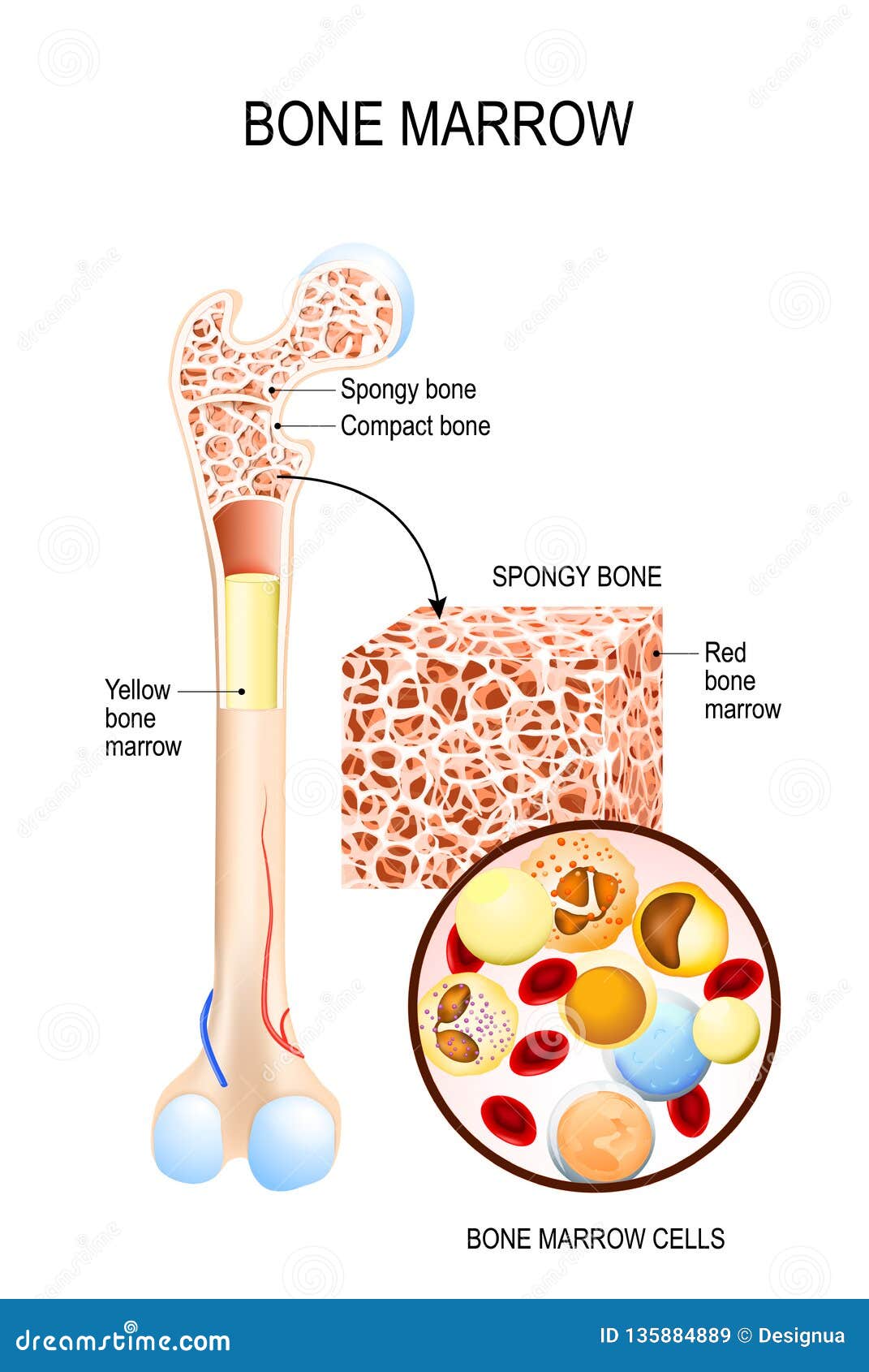
Hematopoiesis: Hematopoiesis is the process
by which blood cells are formed in the body. Bone marrow contains stem cells
that can differentiate into all of the different types of blood cells. These
stem cells give rise to progenitor cells, which further differentiate into
mature blood cells.
Red blood cell production: The bone marrow
is responsible for producing red blood cells, which are responsible for
carrying oxygen from the lungs to the body’s tissues.
White blood cell production: The bone
marrow also produces white blood cells, which are responsible for fighting
infection and disease in the body.
Platelet production: The bone marrow
produces platelets, which are responsible for blood clotting and stopping
bleeding.
Overall, the bone marrow is essential for
the proper functioning of the human circulatory system, as it ensures that the
body has an adequate supply of healthy blood cells to perform vital functions
such as oxygen delivery and immune defense.
Lymphatic system
The lymphatic system is an important component of the human circulatory system, and it plays several key functions, including:
Immune system support: The lymphatic system
is responsible for transporting lymph, a fluid that contains white blood cells,
throughout the body. White blood cells are an essential component of the immune
system, and they help to fight off infection and disease.
Fluid balance: The lymphatic system helps
to maintain fluid balance in the body by collecting excess fluid from the
tissues and returning it to the bloodstream.
Fat absorption: The lymphatic system also
plays a role in the absorption of fats and fat-soluble vitamins from the
digestive system.
Drainage: The lymphatic system is
responsible for draining and filtering waste products, excess fluid, and
foreign substances from the body.
Cancer metastasis: The lymphatic system is
also involved in the spread of cancer cells from one part of the body to
another.
Overall, the lymphatic system is a crucial
component of the human circulatory system, and it plays several essential roles
in maintaining the health and balance of the body.
Functions of Circulatory System
The most important function of the circulatory system is transporting oxygen throughout the body. The other vital functions of the human circulatory system are as follows:
- It helps in sustaining all the organ systems.
- It transports blood, nutrients, oxygen, carbon dioxide and hormones throughout the body.
- It protects cells from pathogens.
- It acts as an interface for cell-to-cell interaction.
- The substances present in the blood help repair the damaged tissue.








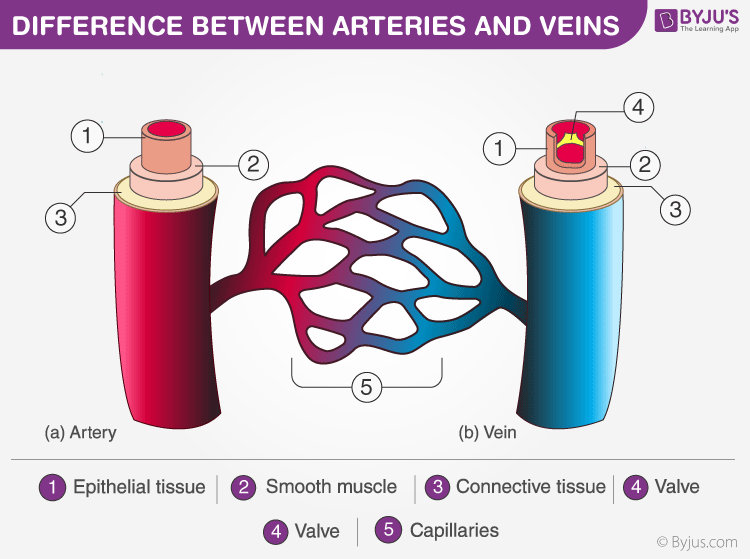
.svg/320px-Vein_(retouched).svg.png)
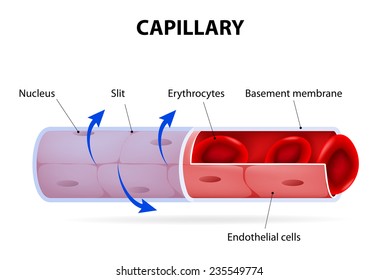
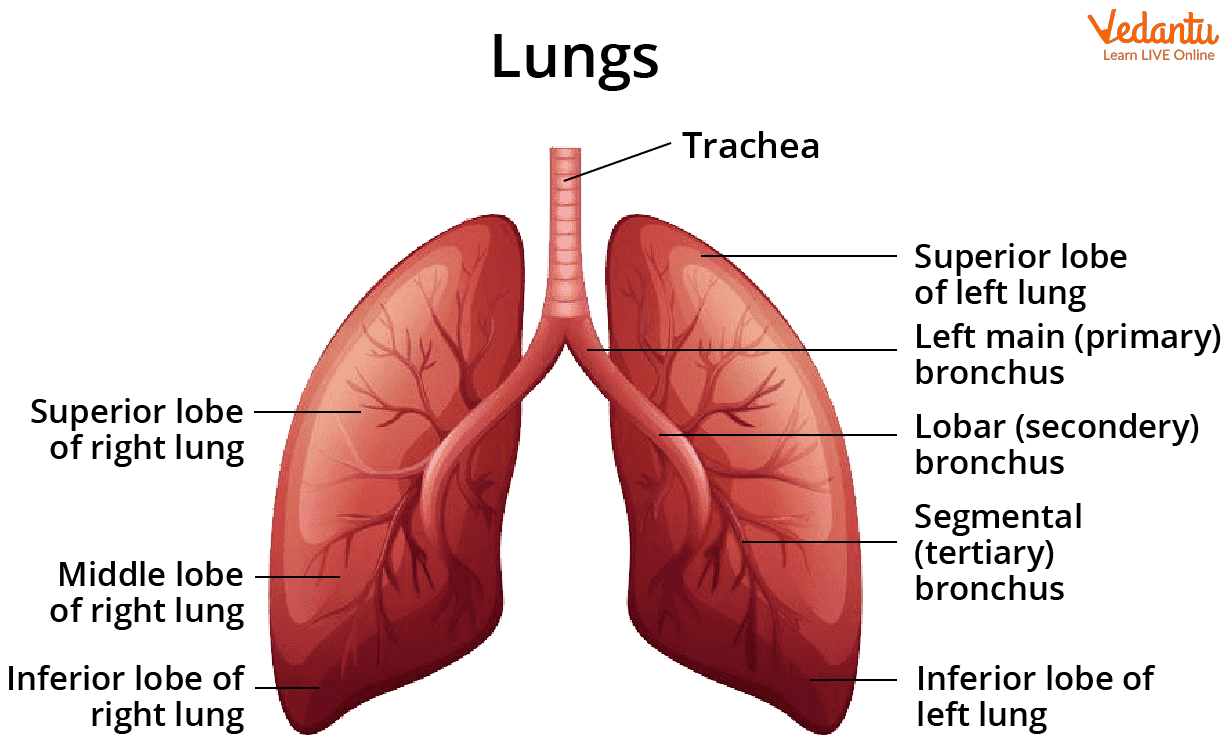

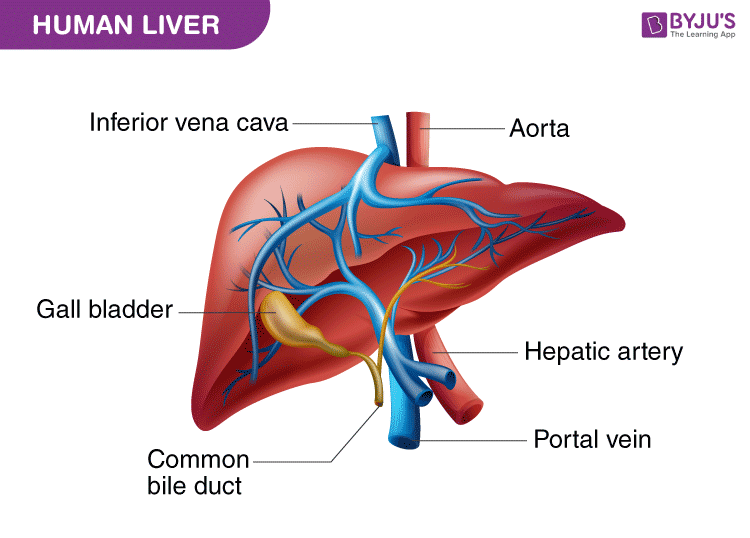




Comments
Post a Comment